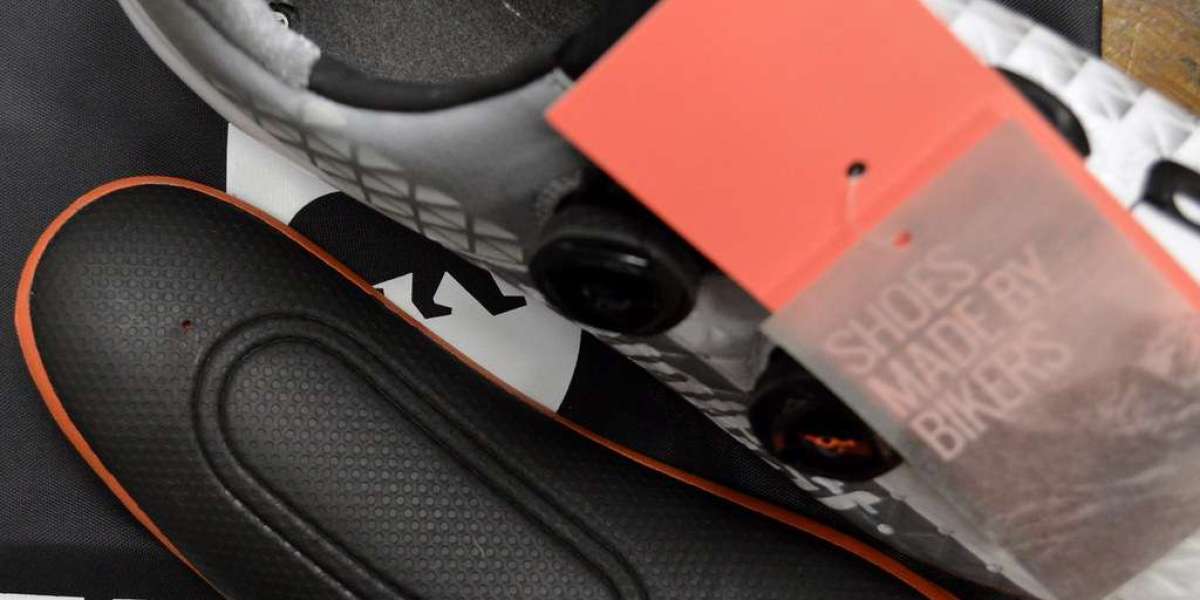Outdoor adventures, whether they involve hiking, backpacking, or simply exploring nature, can be a thrilling and rewarding experience. However, for those with high arches, these activities can also come with the unwelcome companion of foot pain. High arch insoles also known as cavus foot, can lead to discomfort and various foot problems if not properly managed. One effective solution is using insoles designed specifically for high arches.
What Are High Arch Insoles?
High arches, medically referred to as pes cavus, are characterized by an excessively high arch in the foot. This condition is the opposite of flat feet (pes planus) and can cause the foot to be more rigid and less able to absorb shock. People with high arches tend to put more pressure on the ball and heel of their feet, which can lead to pain and injury over time.
Common Issues Associated with High Arches
Individuals with high arches may experience various problems, including:
- Plantar Fasciitis: Inflammation of the plantar fascia, a thick band of tissue that runs across the bottom of the foot.
- Metatarsalgia: Pain and inflammation in the ball of the foot.
- Heel Pain: Due to excessive pressure on the heel.
- Ankle Instability: Higher arches can make ankles more prone to sprains and instability.
- Calluses and Corns: Due to increased pressure points on the foot.
The Role of Insoles in Managing High Arches
Why Insoles Are Important
Insoles, also known as orthotic inserts, can provide the necessary support and cushioning that high arches require. They help distribute weight more evenly across the foot, reduce pressure on the ball and heel, and offer additional shock absorption.
Types of Insoles for High Arches
When choosing insoles for high arches, it is important to consider the following types:
- Cushioning Insoles: These provide extra padding and shock absorption, which is crucial for high arches.
- Supportive Insoles: These offer structural support to help maintain the arch and prevent it from collapsing.
- Custom Orthotics: For severe cases, custom-made insoles tailored to the specific shape of your foot can be the most effective solution.
Choosing the Right Insoles for Your Outdoor Adventures
Consider Your Activity Level
The type of outdoor activity you engage in will influence the kind of insoles you need. For instance:
- Hiking: Requires insoles with excellent shock absorption and support, as the terrain can be uneven and challenging.
- Running: Needs insoles that provide good cushioning and support to handle the repetitive impact on hard surfaces.
- Backpacking: Demands insoles that offer both support and durability, given the extended periods of walking with heavy loads.
Materials and Construction
Insoles come in various materials, each with different benefits:
- Gel Insoles: Provide superior cushioning and shock absorption.
- Foam Insoles: Offer good support and are often more affordable.
- Leather Insoles: Durable and provide a natural feel, but may lack in cushioning.
Fit and Comfort
The insoles should fit well inside your shoes without causing discomfort. It is essential to try them on with the shoes you plan to wear on your adventures to ensure they do not create additional pressure points or cause the shoes to fit too tightly.
Tips for Using Insoles to Prevent Foot Pain
Break Them In Gradually
Just like new shoes, insoles need to be broken in gradually. Start by wearing them for short periods and gradually increase the duration as your feet get used to the new support and cushioning.
Maintain Proper Footwear
In addition to using insoles, it is crucial to wear appropriate footwear for your activities. Choose shoes that provide adequate support, have a good grip, and are suitable for the terrain you will be navigating.
Monitor Foot Health
Pay attention to how your feet feel during and after your adventures. If you experience persistent pain or discomfort, it may be necessary to consult with a podiatrist to reassess your insoles and footwear.
Regular Replacement
Insoles can wear out over time, losing their effectiveness. Regularly inspect them for signs of wear and replace them as needed to ensure continued support and comfort.
Additional Measures to Prevent Foot Pain
Strengthening Exercises
Strengthening the muscles in your feet and ankles can help improve stability and reduce the risk of injury. Simple exercises such as toe curls, calf raises, and foot stretches can be beneficial.
Proper Warm-Up and Cool-Down
Always warm up before starting your outdoor activities and cool down afterward. This can help prevent muscle stiffness and reduce the risk of injury.
Maintain a Healthy Weight
Carrying excess weight puts additional pressure on your feet, exacerbating the problems associated with high arches. Maintaining a healthy weight can alleviate some of this pressure.
Stay Hydrated
Dehydration can lead to muscle cramps and fatigue, which can contribute to foot pain. Ensure you stay well-hydrated, especially during strenuous activities.
Case Study: Successfully Managing High Arches on a Hiking Trip
To illustrate the effectiveness of using insoles for high arches, let's consider the case of Emily, an avid hiker who struggled with foot pain due to her high arches.
Background
Emily loved hiking but found that after a few hours on the trail, her feet would start to ache, and she would often develop painful blisters and calluses. She tried various types of hiking boots but still experienced discomfort.
Solution
After consulting with a podiatrist, Emily learned that her high arches were the root cause of her foot pain. She was recommended a pair of high-quality, supportive insoles specifically designed for high arches. Emily chose insoles with a firm arch support and extra cushioning in the heel and ball of the foot.
Implementation
Emily began by wearing the insoles around the house and on short walks to get used to them. She gradually increased her use, incorporating them into her hiking boots. She also focused on strengthening exercises for her feet and ankles.
Outcome
On her next hiking trip, Emily noticed a significant improvement. The insoles provided the support and cushioning she needed, reducing the pressure on Insoles For High Arches. She was able to hike longer distances without pain and enjoyed her adventures more than ever.
Preventing foot pain on outdoor adventures is crucial for anyone with high arches. By choosing the right insoles, maintaining proper footwear, and following additional preventative measures, you can ensure that your feet remain comfortable and pain-free. Insoles designed for high arches can make a world of difference, allowing you to fully enjoy the beauty and excitement of the great outdoors. Whether you're hiking, running, or simply exploring, taking care of your feet is essential for a positive and pain-free experience.









